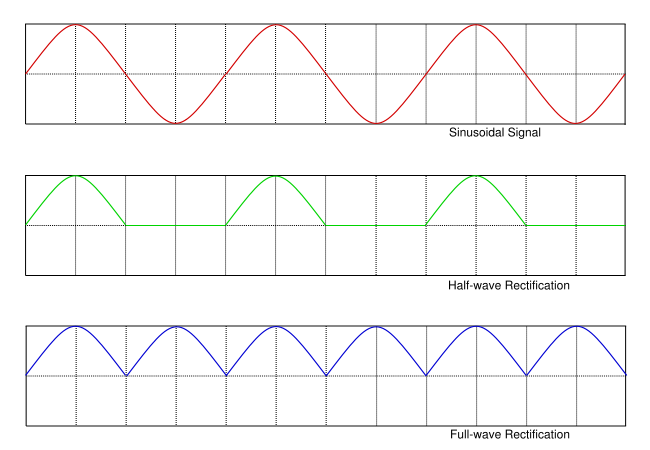Here you can view the basic operation of a bridge rectifier.
1.why does ripple voltage increases by removing one of the diode from filtered bridge rectifier?
Removing a diode, transforms a bridge rectifier (so called full-wave rectifier) in a half-wave rectifier, i.e. get only a half-cycle rectified by each cycle of the signal to rectify. This reduces the amount of energy available per cycle. Viewed another way, increase the harmonic componentsharmonic components of the rectified signal, resulting in a larger content of AC in the rectified output. The ripple factor is defined as
$$ RF = \dfrac{\sqrt{\sum\limits_{k=0}^{\infty}v_k^2}}{V_{DC}} $$
where \$v_k\$ is the amplitude of \$k\mathrm{-th}\$ harmonic.
2.why does ripple frequency becomes half when one of the diode is removed?
Suppose you have a line frequency of 60 Hz; with a full-wave rectifier, the output is a 120 Hz signal, since you have 2 pulses for each line cycle. Removing a diode, transform the rectifier in a half-wave, i.e. you have 1 pulse for each line cycle, then, a 60 Hz signal at the output.
In the following images, you can see the differents rectified waves:

as you can see, half-wave (removing a diode) has the half number of pulses in the output than full-wave.
